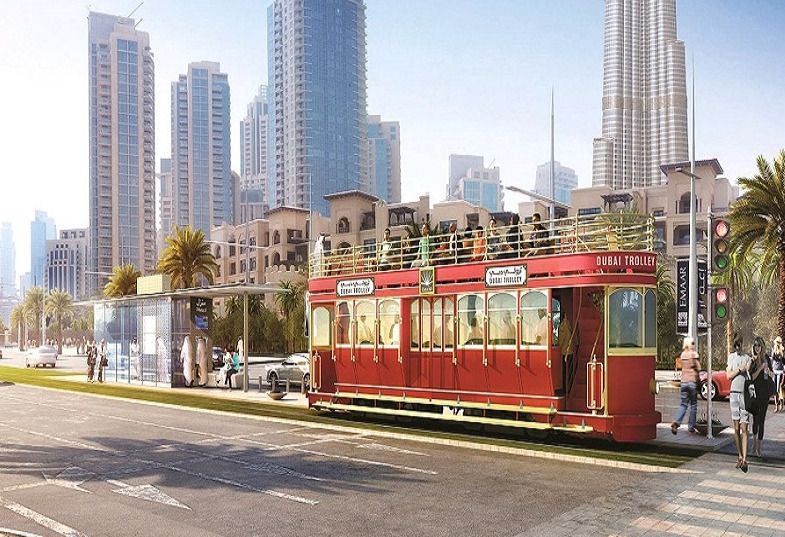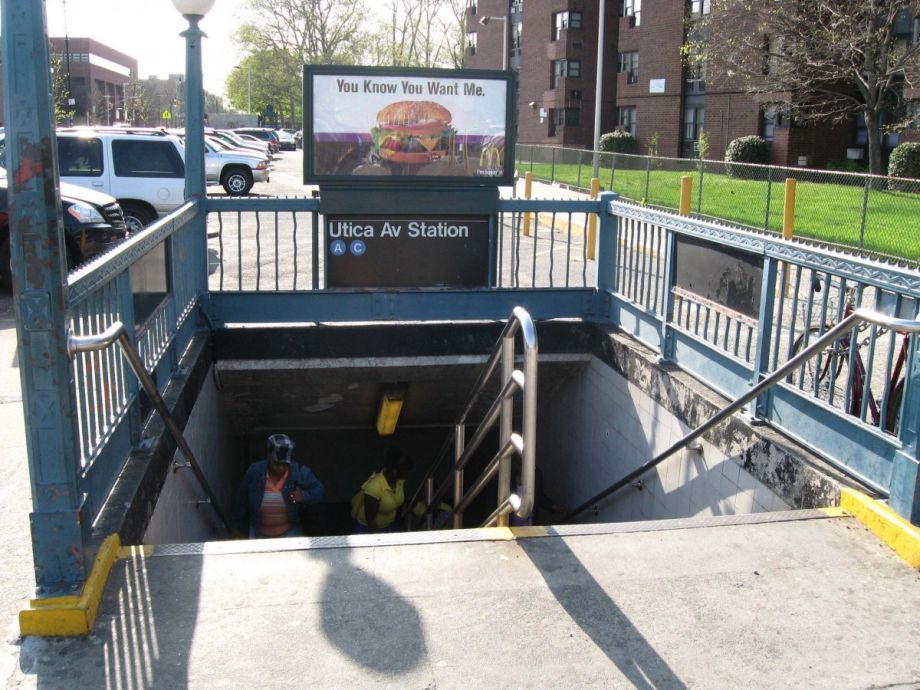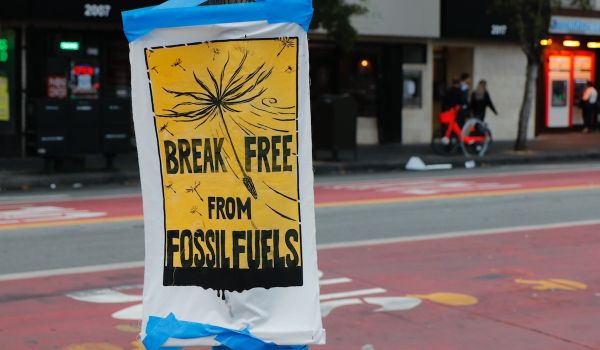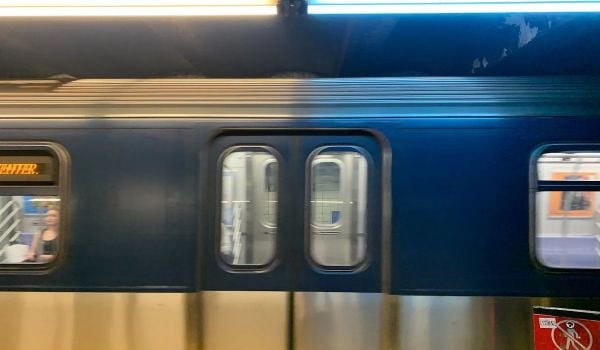Our weekly “New Starts” roundup of new and newsworthy transportation projects worldwide.
De Blasio Dusts Off Brooklyn Subway Idea, Again
There are a few U.S. transit proposals that can rightly be called “subways that refuse to die.” A piece of one of them, the Second Avenue Subway in New York, is now on its way to becoming reality at last. Now the New York real estate news site The Real Deal reports that Mayor Bill de Blasio has dusted off another one as a candidate for construction.
This proposal, a subway under Utica Avenue in Brooklyn, was first announced as a possible “Dual Contracts” route back before World War I. De Blasio included a feasibility study of the line in his recently released “OneNYC” mobility plan.
The route would serve what the Mayor called “one of the densest areas of the city without direct access to the subway.”
Details, such as origin and station locations, would be fleshed out in the feasibility study. As with the long-delayed Second Avenue Subway, however, the big question surrounding the proposal is: Where will the money to build it come from? As the article notes, the New York MTA already faces a $15 billion funding gap that makes it likely that more urgent needs for system rehabilitation will go unfilled. With subway ridership reaching levels not seen in many decades, both the city and the MTA will face tough choices if that gap is not filled. That could mean that the Utica Avenue subway will go back on the shelf yet again, feasibility studies notwithstanding.
Adelaide Plans O-Bahn Subway Extension
Adelaide, the capital of South Australia, is the only city in the world to have implemented the O-Bahn, a guided busway technology developed by Daimler-Benz to allow buses to share tunnels with trams in Essen, Germany, as a standalone rapid transit line. Since its opening in 1986, the O-Bahn, which connects central Adelaide with suburbs to its northeast, has been consistently popular, with ridership holding steady or rising every year. The line’s ridership even held steady when patronage on other routes dropped when metropolitan mass transit services were privatized in the 1990s.
Today, the O-Bahn posts 31,000 daily boardings, making it the most heavily used public transport service in Adelaide. To improve operating speed and access to the city center, and ease congestion on a major ring road, the government of South Australia has announced an A$160 million ($125.75 million U.S.) extension of the O-Bahn via a tunnel into the city center.
The trade publication Australian Bus & Coach reports that the tunnel, which would connect dedicated O-Bahn bus lanes on Hackney Road with a realigned Rundle Road on the edge of Adelaide’s Eastern Parklands, would remove O-Bahn buses from busy East Terrace, improving their operating speed at peak hours. The government also states the new tunnel would open up redevelopment opportunities in central Adelaide’s East End.
Infrastructure Minister Stephen Mullighan said, “Each year commuters make more than eight million journeys on the O-Bahn, which is about the same number as those who use our two busiest rail services — the Seaford and Gawler lines — combined.” Those rail lines are being electrified as part of the government’s larger transit improvement plan for the state capital.
The government is currently in the public consultation phase of the project, with details about exact routing to be worked out afterwards.

Dubai trolley
Another “World’s First” Fuel-Cell Trolley Line Opens in Dubai
The Persian Gulf emirate of Dubai continues to amass a collection of superlatives in its effort to cement its status as the Arab world’s financial and commercial capital and attract more visitors. The latest little gem in the city’s jewel box: a new, hydrogen-fuel-cell-powered downtown tourist tram line.
As reported on the Autoevolution website, the new tram line offers free, hop-on, hop-off access to several attractions along its 1-km (1.6-mile) route, including the Burj Khalifa, the world’s tallest building, and the Dubai Mall, the world’s most visited shopping mall (and its largest in terms of total interior floor space). The line uses heritage-style trolleys powered by the same fuel-cell technology California-based TIG/m used for a similar line in Aruba that entered service last fall.
Which means that word about these new-tech trams isn’t spreading fast enough, for the headline on Autoevolution’s story wrongly identifies the line in Dubai as “the world’s first hydrogen-powered hop-on hop-off trolley.” It’s actually the first in the Middle East and the first in the Arab world.
The trams operate at the stately speed of 10 km/h (6.2 mph, or about twice walking pace) during the evening hours (4 p.m. to midnight weekdays, 3 to 11 p.m. on weekends). Numerous street crossings allow patrons to board and alight safely.
The 1-km route is the initial segment of the line. When complete, the line will extend for 7.2 km (4.3 miles) along Mohammed bin Rashid Boulevard, spanning the breadth of downtown Dubai.
Know of a project that should be featured in this column? Tweet @MarketStEl using the hashtag #newstarts.
The Works is made possible with the support of the Surdna Foundation.

Next City contributor Sandy Smith is the home and real estate editor at Philadelphia magazine. Over the years, his work has appeared in Hidden City Philadelphia, the Philadelphia Inquirer and other local and regional publications. His interest in cities stretches back to his youth in Kansas City, and his career in journalism and media relations extends back that far as well.
Follow Sandy .(JavaScript must be enabled to view this email address)

















